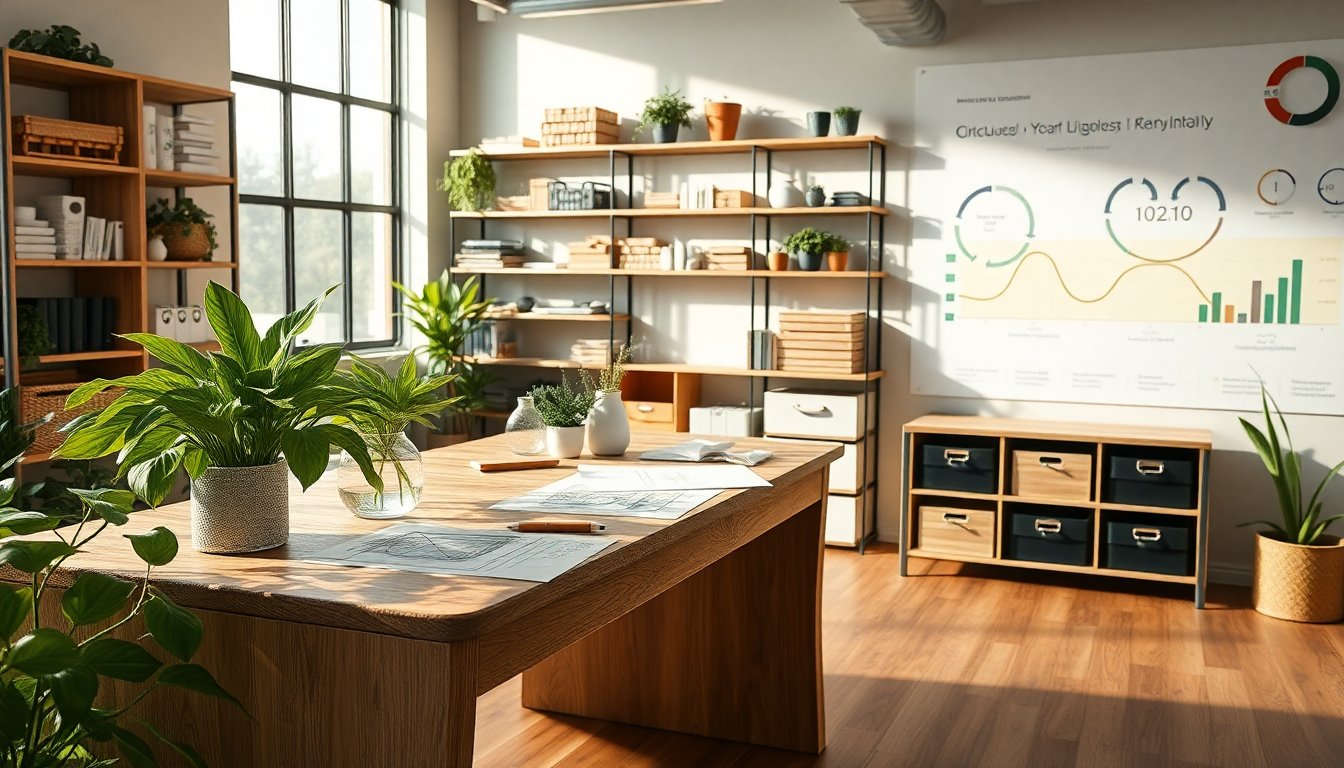Table of Contents
Emerging trend in sustainability
In today’s business environment, circular design plays a pivotal role in corporate sustainability strategies. Companies are increasingly pressured by consumers and regulators to implement sustainable practices. This has accelerated the transition from a linear to a circular economy.
Circular design emphasizes the creation of products that are not only durable but also reusable and recyclable. This approach significantly reduces waste and minimizes environmental impact.
Business case and economic opportunities
The economic advantages of adopting circular design are significant.
By reimagining product lifecycles, companies can lower expenses related to raw materials and waste management. For example, organizations that embrace circular principles can explore new revenue opportunities through product leasing and refurbishment services. As ESG criteria gain importance among investors, companies that focus on sustainability are likely to experience increased brand loyalty and market differentiation.
How to implement in practice
Implementing circular design requires a well-planned strategy. Companies should begin with a life cycle assessment (LCA), which helps them understand the environmental impact of their products. This assessment serves as a roadmap for redesigning products, allowing businesses to discover opportunities for using sustainable materials and innovative manufacturing techniques.
Additionally, collaboration with suppliers and stakeholders is crucial for creating a closed-loop system where resources are effectively reused and recycled.
Pioneering companies
Several companies are at the forefront of circular design. Patagonia, for instance, has embedded circular principles into its business model by promoting the repair and recycling of its products.
IKEA aims to achieve carbon neutrality by 2030, investing in sustainable materials and designs that enhance recyclability. These examples illustrate that adopting circular design not only addresses environmental challenges but also fosters business growth.
Roadmap for the future
Looking ahead, the integration of circular design into corporate strategies will be essential.
Companies must remain attuned to emerging technologies and regulatory changes that influence their sustainability initiatives. By prioritizing circularity, businesses can establish themselves as leaders in sustainability, fostering innovation and securing long-term success in an increasingly eco-conscious market.





